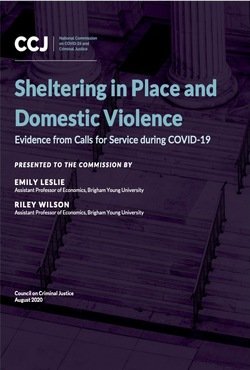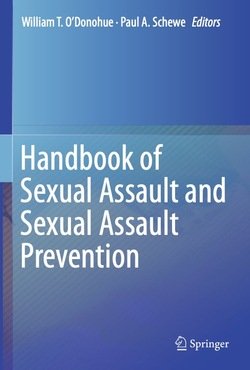By Emily Leslie and Riley Wilson
The worldwide COVID-19 pandemic has pushed people to spend more time at home, amidst increased uncertainty and soaring unemployment rates. The best available evidence tells us that these conditions have the potential to increase domestic violence (Lindo et al., 2018; Card and Dahl, 2011). News outlets around the world reported increased reports of domestic violence as the pandemic spread globally during Spring 2020. We use data on calls for service to the police from 14 large American cities to compare domestic violence calls before and after the pandemic began in the United States, relative to trends during the same period in 2019. The pandemic led to a 7.5% increase in calls for service during March, April, and May. The biggest increase came during the first five weeks after widespread social distancing began, when domestic violence calls were up 9.7%. State-mandated stay-at-home orders and school closures came later, suggesting the increase was not only a response to shelter-in-place policies. The increase came across a broad range of demographic and socioeconomic groups, and includes households without a recent history of domestic violence calls.'
Washington, DC: Council on Criminal Justice, 2020. 8p.





















